Oligoastrocytomas is a historical term no longer recognized in the WHO classification of CNS tumors previously to denote intracranial tumors that are part of the glial cell continuum, with mixed oligodendroglial and astrocytic cell populations based on histological features and typically occurred in young adults.
The literature is somewhat conflicted on these entities, with imaging appearance and incidence varying widely.
Epidemiology
Historically these tumors at some institutions had been encountered commonly, in some instances accounting for 50% of all oligodendrogliomas and considered the third most common glial neoplasm 2. At other sites they were rare. Due to the vague criteria for their definition and wide interobserver variability, however, it is not possible to infer a reliable incidence of oligoastrocytomas 6.
Pathology
The updated 4th edition (2016) to the WHO classification of CNS tumors required molecularly distinct populations of both components to be identified: astrocytic (IDH-mutant, ATRX-mutant, 1p19q-intact) and oligodendrocytic (IDH-mutant, ATRX-wildtype, 1p19q co-deleted) 8.
In the 5th edition (2021) the term oligoastrocytoma is no longer recognized as a distinct diagnosis 9.

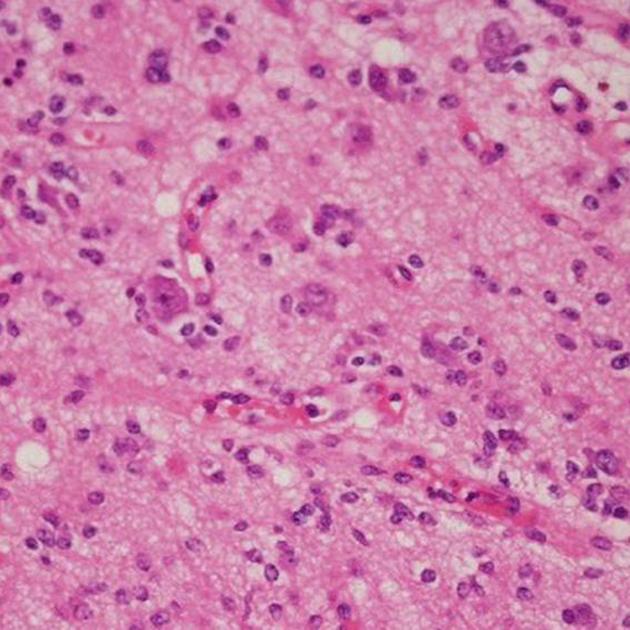
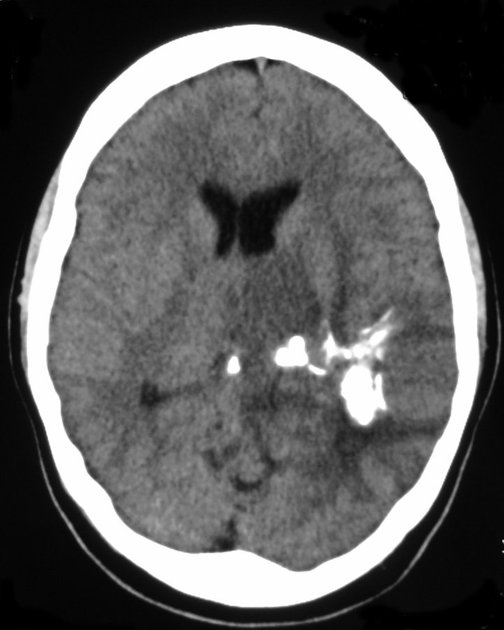
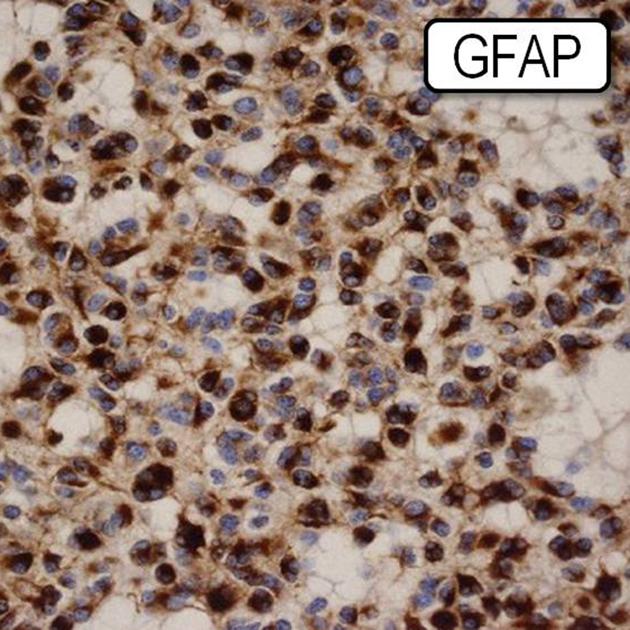
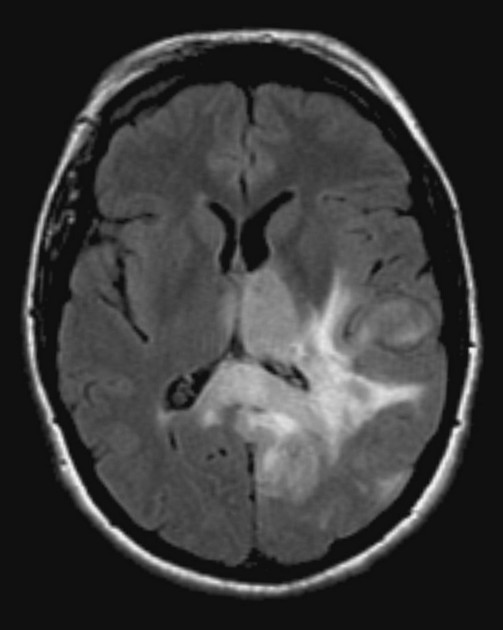
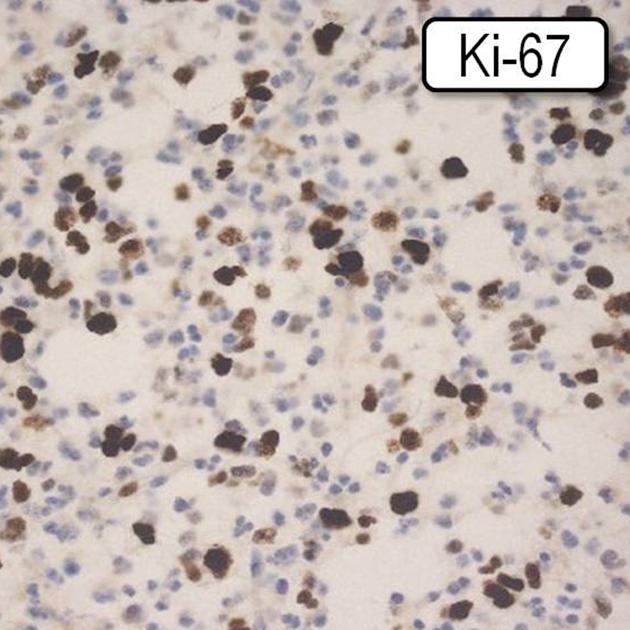
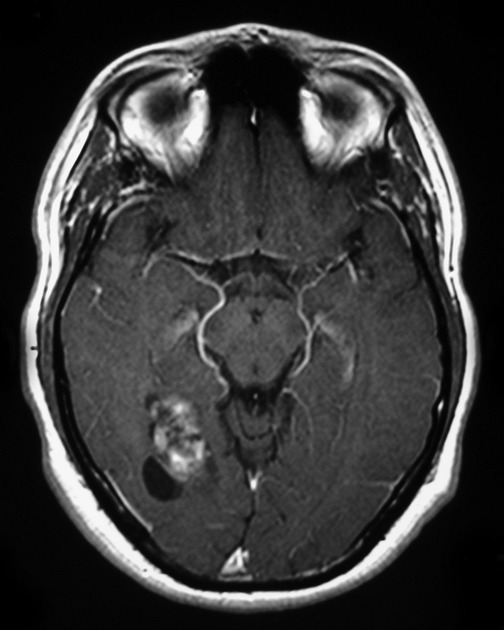
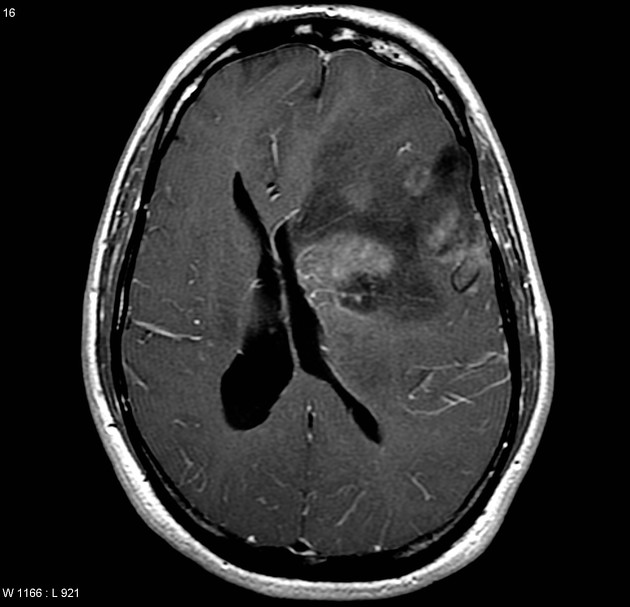
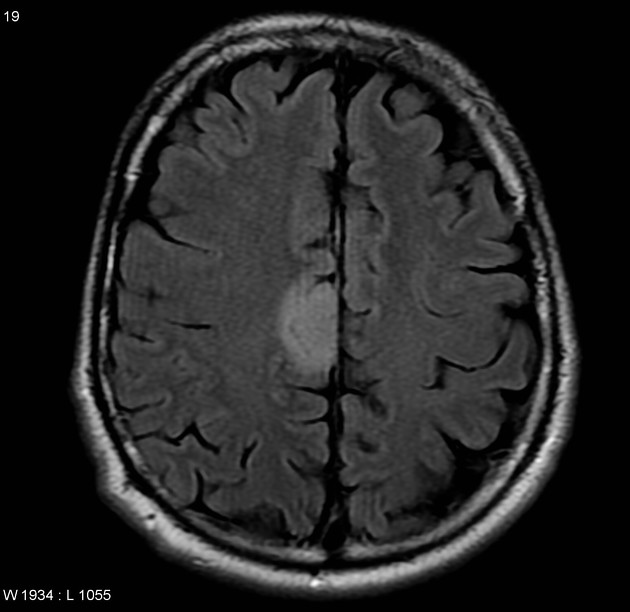
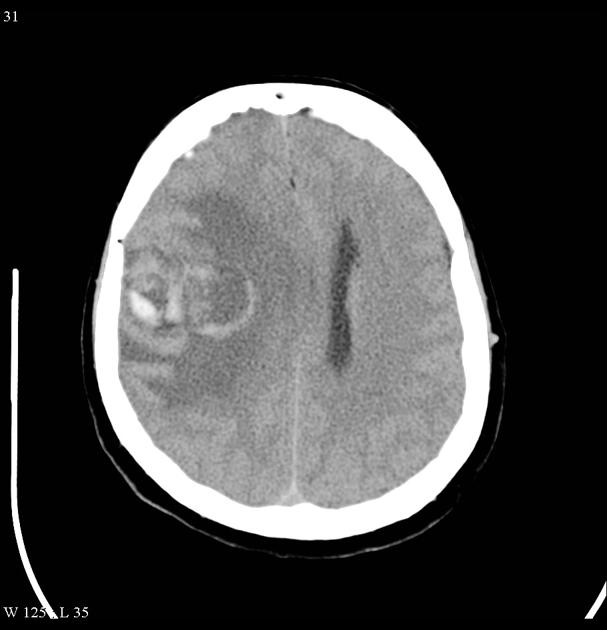
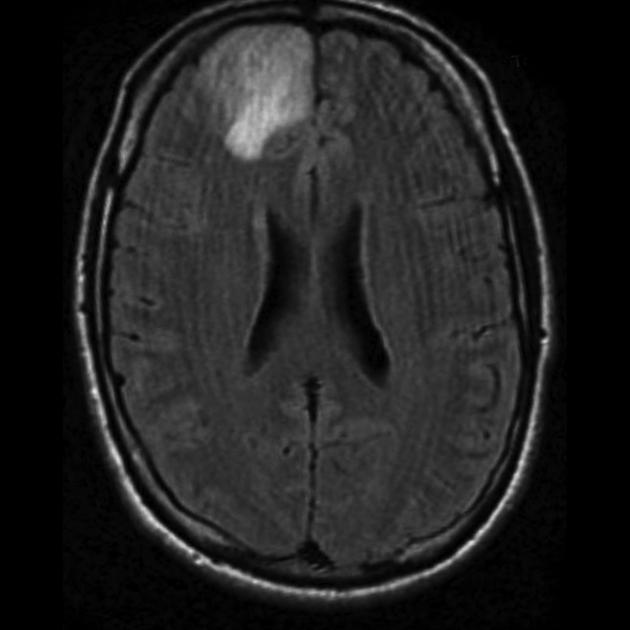
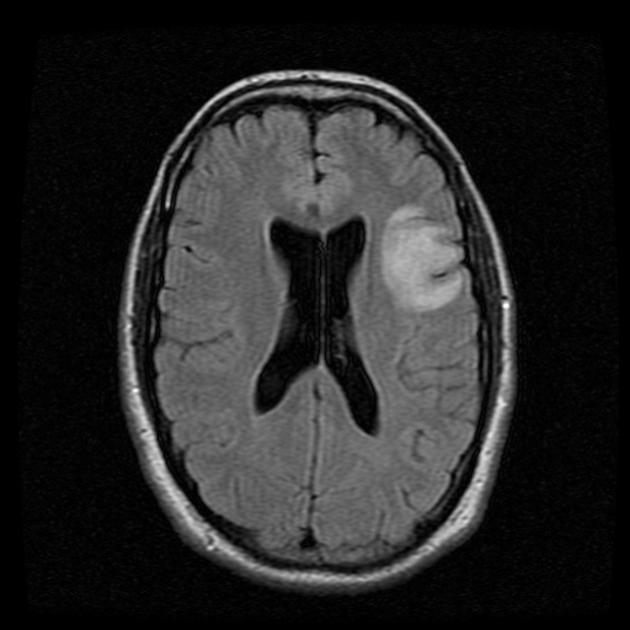
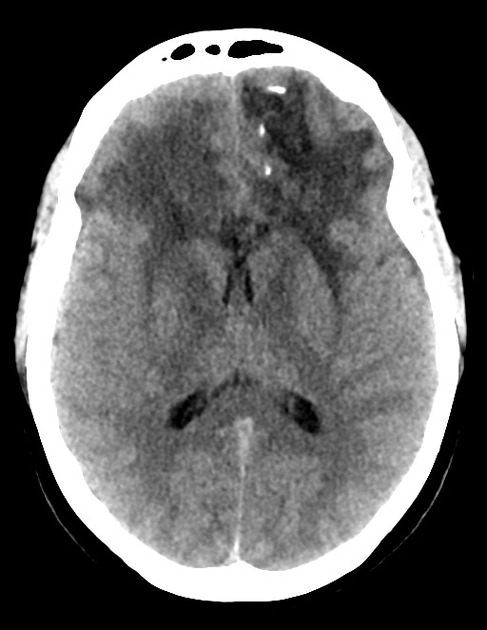
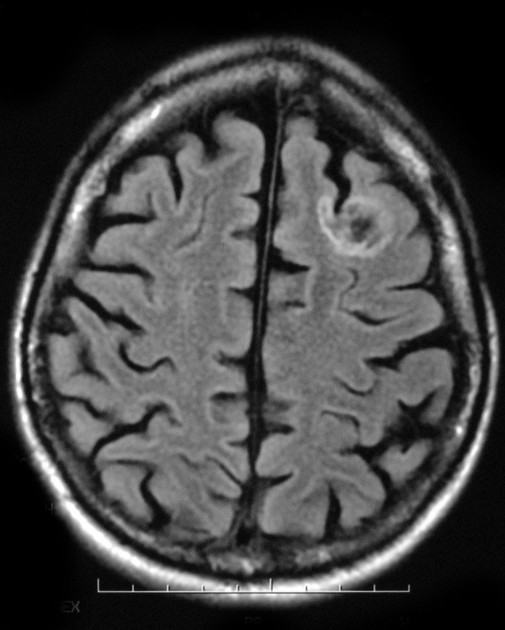
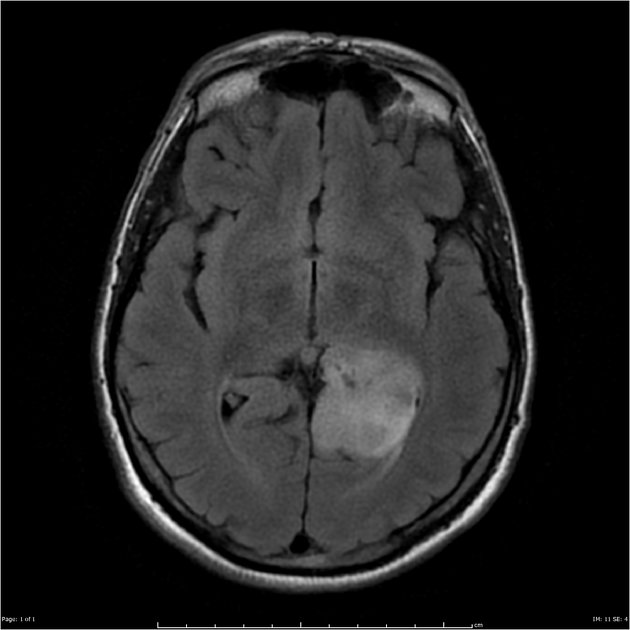


 Unable to process the form. Check for errors and try again.
Unable to process the form. Check for errors and try again.